Prehistoric Textile Art of Eastern United States
Book Excerpt
When their chief is dead they proceed as follows: At 15 or 20 feet from his cabin they erect a kind of platform raised about 4½ feet from the ground. This is composed of four large forked poles of oak wood planted in the earth, with others placed across; this is covered with canes bound and interlaced so as to resemble greatly the bed used by the natives.[4]
According to John Lawson, similarly constructed "hurdles" were in use among the Carolina Indians.
[Illustration: 1.--Fish weir of the Virginia Indiana (after Hariot).]
The tide-water tribes of the Atlantic coast region made very frequent use of fish weirs, which were essentially textile in character. John Smith mentions their use in Virginia, and Hariot gives a number of plates in which the weirs are delineated. The cut here given (figure 1) is from Hariot's plate XIII. It represents a very elaborate trap; much simpler fo

 Free Download
Free Download











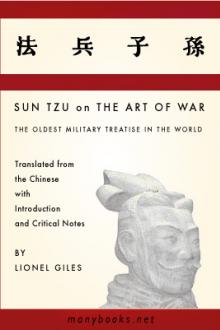
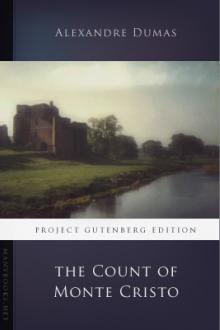
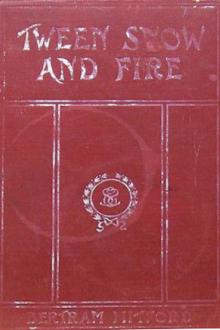
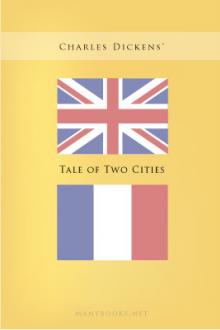
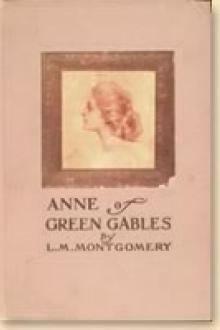
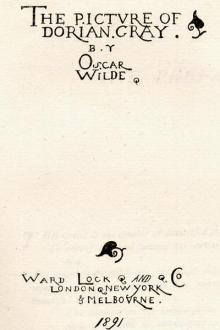


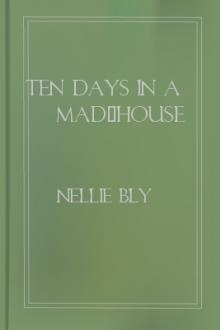
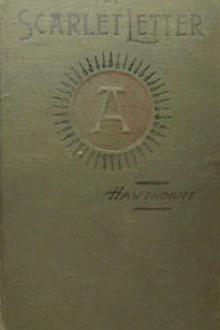
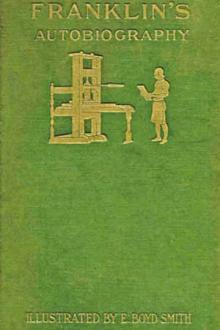
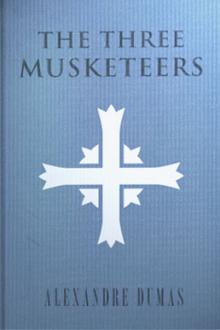
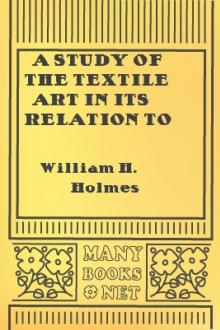

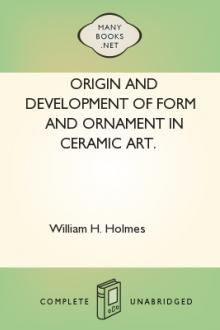
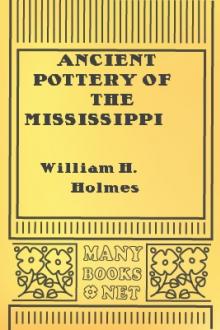

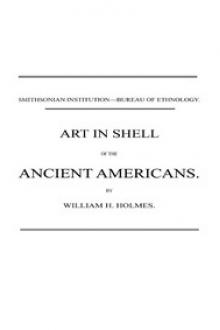
-itok=vcKIB5v1.jpg)
